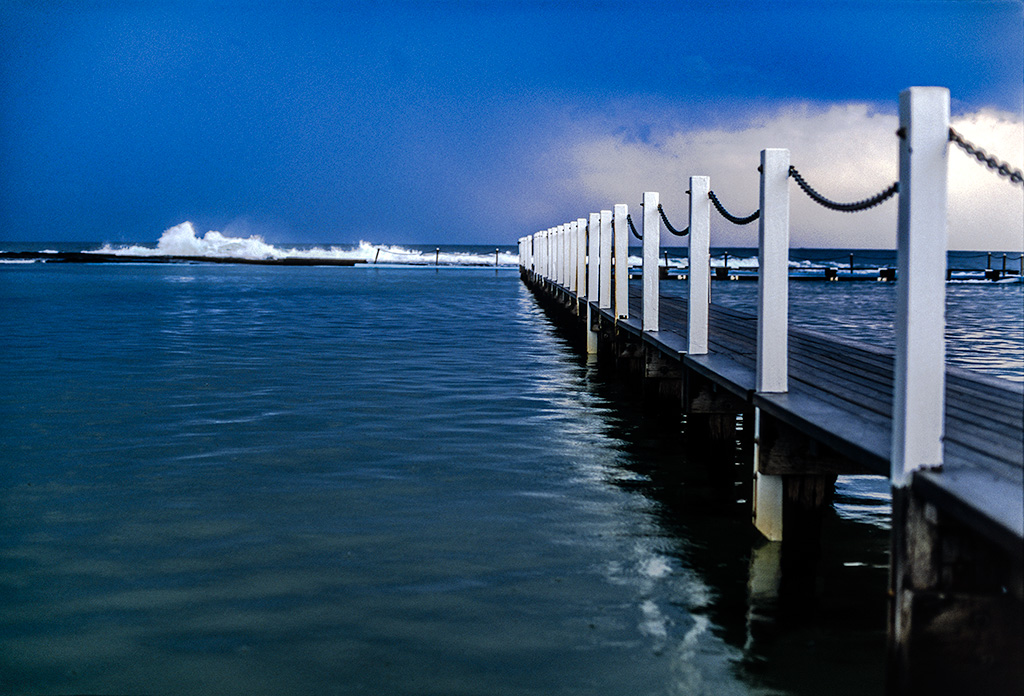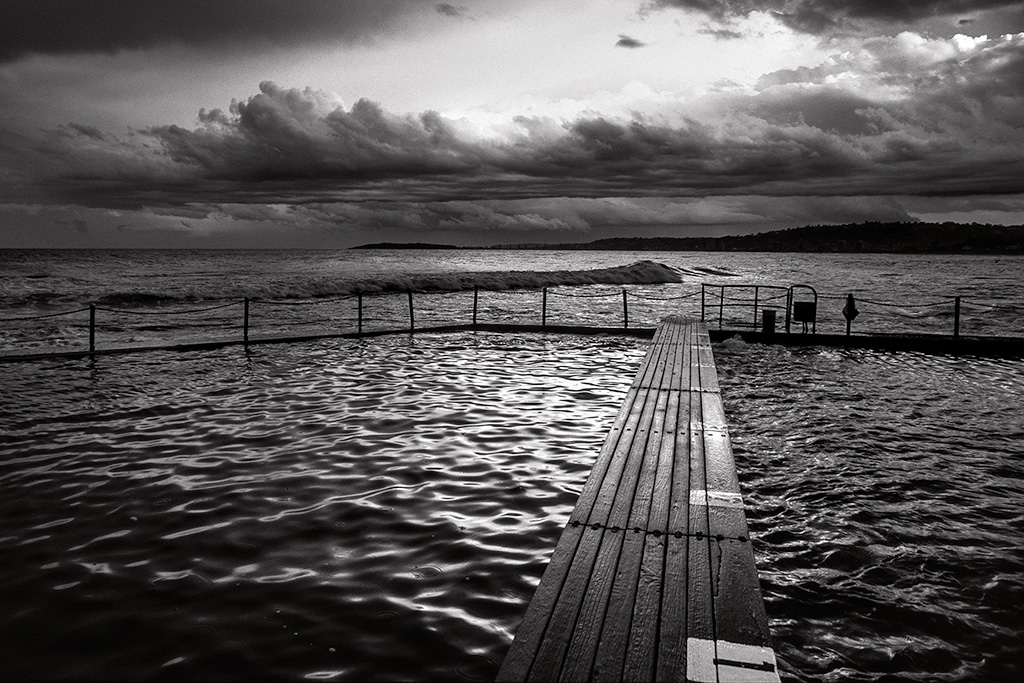I am doing only B&W in film. However, I have seen some photographs taken with Fuji Volvía 50 (in color -slides) that look a lot more impressive than any digital color photo I have taken. Have you use this film before? Is there any special process to scan it once it is developed? Thanks, Pepe
I am using Fujichrome Velvia 50 regularly. Outstanding stuff! It is a film icon for very good reasons:
- unique, outstanding colours
- much better sharpness, higher resolution and finer grain than all colour negative films
- unsurpassed image quality with an excellent slide loupe on a light box and espcially in projection.
Scans: You just don't need them!!
Because with reversal films like Velvia and Provia already after processing you have a finished, perfect picture which can be looked at. No need for scans or prints, no further costs for scans or prints.
Overall costs are lower with reversal film.
And even better quality, too:
A slide on a lighttable under an excellent loupe and in projection delivers a 100x better quality than any picture on the (quality limiting medium) computer monitor.
Slides on a lightbox and especially in projection are a league of its own: You cannot get that quality with digital (or prints).
When you see it, you will immediately realize it.
The colour depth, brillance, detail rendition and kind of "3D look" are breathtaking.
And some excellent labs offer E6 processing at very attractive, low prices (sometimes even lower than C41).
For example in the US AgX Imaging:
http://www.agximaging.com/
For Europe Photo Studio 13:
http://www.photostudio13.de/










